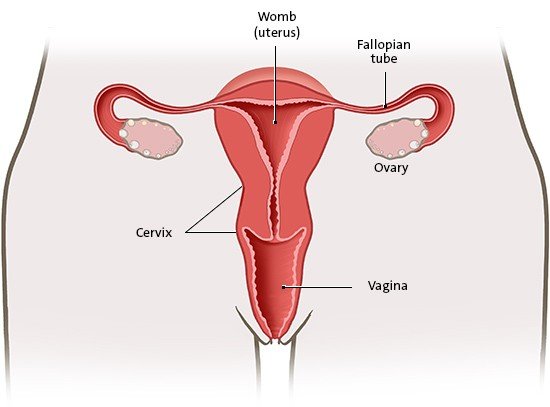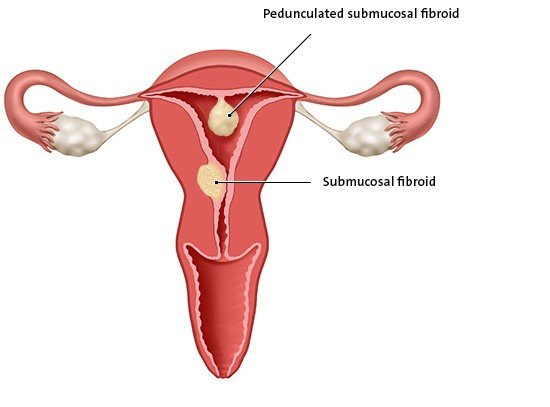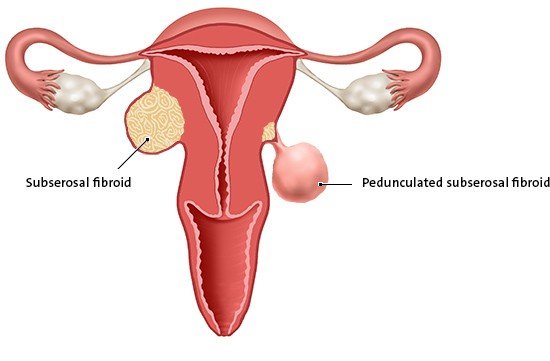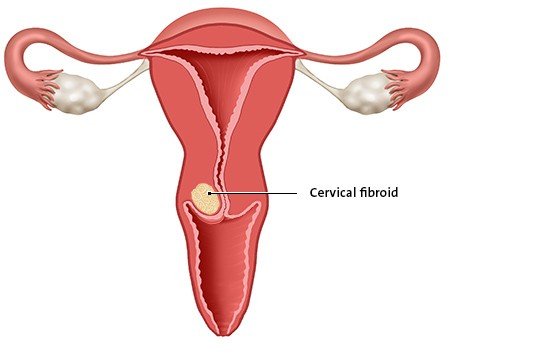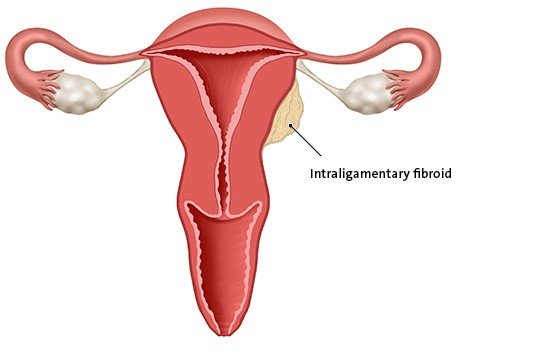Gao H, Li T, Fu D et al. Uterine artery embolization, surgery and high intensity focused ultrasound in the treatment of uterine fibroids: a network meta-analysis. Quant Imaging Med Surg 2021; 11(9): 4125-4136.
Institute for Quality and Efficiency in Health Care (IQWiG, Germany). Magnetic resonance imaging-guided high-intensity focused ultrasound therapy for uterine fibroids. Addendum to Commissions E14-04 and E14-05; Commission E14-14. 2017.
Institute for Quality and Efficiency in Health Care (IQWiG, Germany). Transcervical radiofrequency ablation with intrauterine ultrasound guidance for uterine fibroids. Assessment according to §137h SGB V; Commission H21-14. 2022.
Institute for Quality and Efficiency in Health Care (IQWiG, Germany). UAE and MRgFUS versus myoma enucleation. Evidence search for the S3 guideline on diagnosis and treatment of benign diseases of the uterus; Commission V21-08D. 2023.
Lumsden MA, Hamoodi I, Gupta J et al. Fibroids: diagnosis and management. BMJ 2015; 351: h4887.
Metwally M, Farquhar CM, Li TC. Is another meta-analysis on the effects of intramural fibroids on reproductive outcomes needed? Reprod Biomed Online 2011; 23(1): 2-14.
Metwally M, Raybould G, Cheong YC et al. Surgical treatment of fibroids for subfertility. Cochrane Database Syst Rev 2020; (1): CD003857.
Pritts EA, Parker WH, Olive DL. Fibroids and infertility: an updated systematic review of the evidence. Fertil Steril 2009; 91(4): 1215-1223.
Qin J, Yang T, Kong F et al. Oral contraceptive use and uterine leiomyoma risk: a meta-analysis based on cohort and case-control studies. Arch Gynecol Obstet 2013; 288(1): 139-148.
Segars JH, Parrott EC, Nagel JD et al. Proceedings from the Third National Institutes of Health International Congress on Advances in Uterine Leiomyoma Research: comprehensive review, conference summary and future recommendations. Hum Reprod Update 2014; 20(3): 309-333.
Stewart EA, Cookson CL, Gandolfo RA et al. Epidemiology of uterine fibroids: a systematic review. BJOG 2017; 124(10): 1501-1512.
IQWiG health information is written with the aim of helping people understand the advantages and disadvantages of the main treatment options and health care services.
Because IQWiG is a German institute, some of the information provided here is specific to the German health care system. The suitability of any of the described options in an individual case can be determined by talking to a doctor. informedhealth.org can provide support for talks with doctors and other medical professionals, but cannot replace them. We do not offer individual consultations.
Our information is based on the results of good-quality studies. It is written by a team of health care professionals, scientists and editors, and reviewed by external experts. You can find a detailed description of how our health information is produced and updated in our methods.

